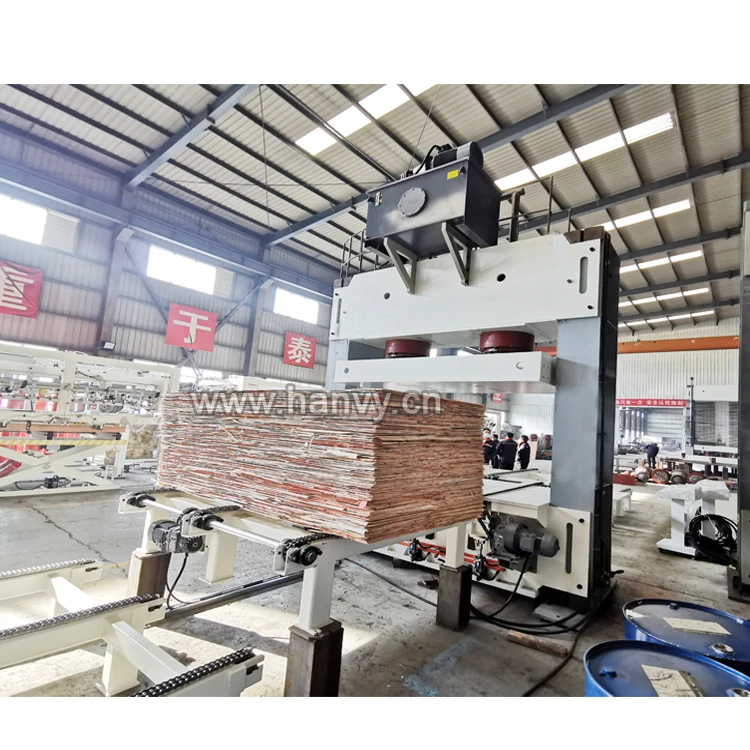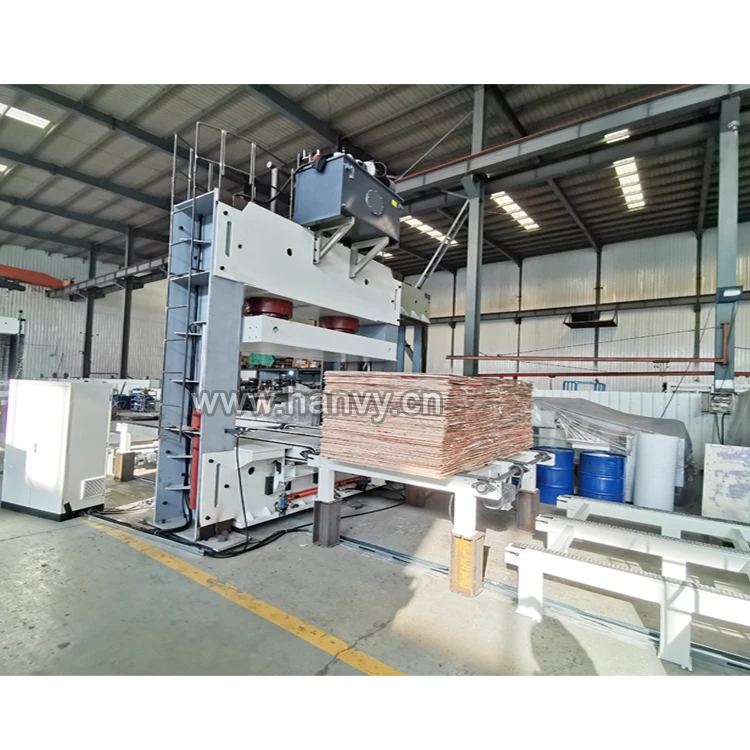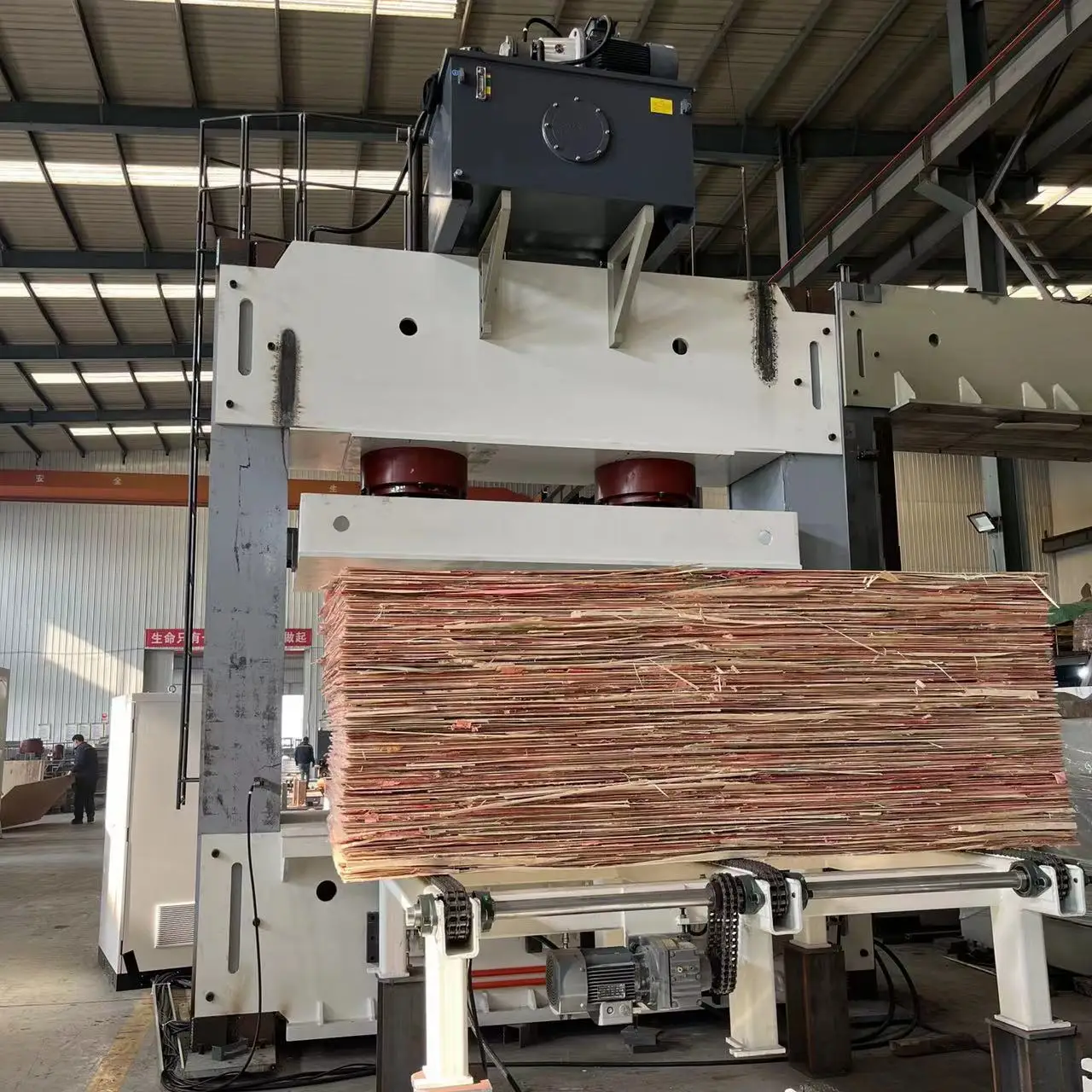Plywood is a very sturdy construction material and it can be used in any thing. Which is achieved through pilling up together the thin wood sheets making layers. One of the good things about plywood is that it has overlapping layers, and within each layer are wood grains in unique directions which makes the whole design very strong. ~ These sheets of wood are glued and then pressurized with the aid of heat. During this pressing process of the paper, a strong sheet is formed which can be used in various ways. Naddour says the plywood is pressed with "cold press technology," a special method used to create architectural and marine grade products. High pressure low temperature This pressing method actually strengthens plywood even more than other methods.
This makes cold press plywood very good for builders & makers A key thing to be said about this type of plywood is that it creates strong and rigid panels. This makes the plywood ideal for construction work, producing furniture and anything else where quite literally muscle is really necessary. The other good point is that the cold press technique helps to keep flatness of plywood. This decreases the likelihood that plywood will warp or sink over time, which is critical to ensure a good final appearance and use of every type of product.

New cold press machines can create more for plywood manufacturers to help them achieve a noticeable increase in funds. These new machines make it more efficient and better-quality plywood than what could be produced before. They are also simpler to operate, which reduces the investment in training of operators. Other than that, these modern appliances would require less maintenance in future which means you save money on the longer run. Also, they enable the production of larger sized plywood sheets. This reduces waste by cutting down the amount of cuts needed and quickens productivity, enabling manufacturers to produce more products in a shorter period.

Cold press methods have several benefits that can drastically improve plywood quality. For example, this could be done if higher pressure is used during the pressing process. This will aid making sheet decently stiff and with no wrinkling. Another thing that is often done is to press with both low and high pressure. This reduces the plywoods tendency to bend or deform under pressure. Finally, increasing the pressing time is essential so that the glue dried between layers. Part of this strength comes from the fact that when you give it enough time to cure, the glue actually makes your plywood more rigid and therefore robust.

Cold pressing also permits imagination in this relatively untouched field, enabling innovative changes that will show exponentially increased quality and speed of making plywood. Another has been pressing the plywood at a low temp and leaving for days. This prolonged pressing time helps to strengthen the bond between layers, and as a result creating much more resilient sheet of plywood. Another innovative technique is using vacuum-assisted pressing. It is a method that removes the air between layers of plywood before being pressed. This helps to lower instances of the metal folding or warping while being pressed, which ultimately results in a more precise finished part.